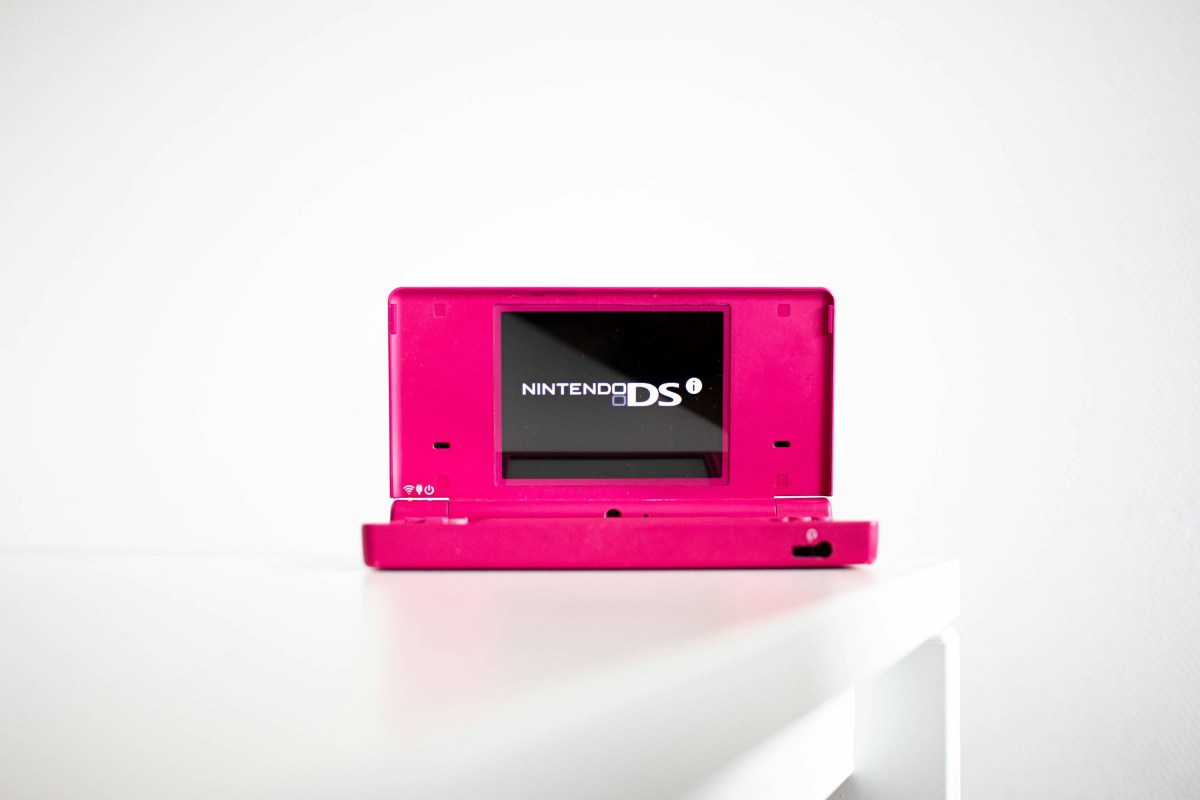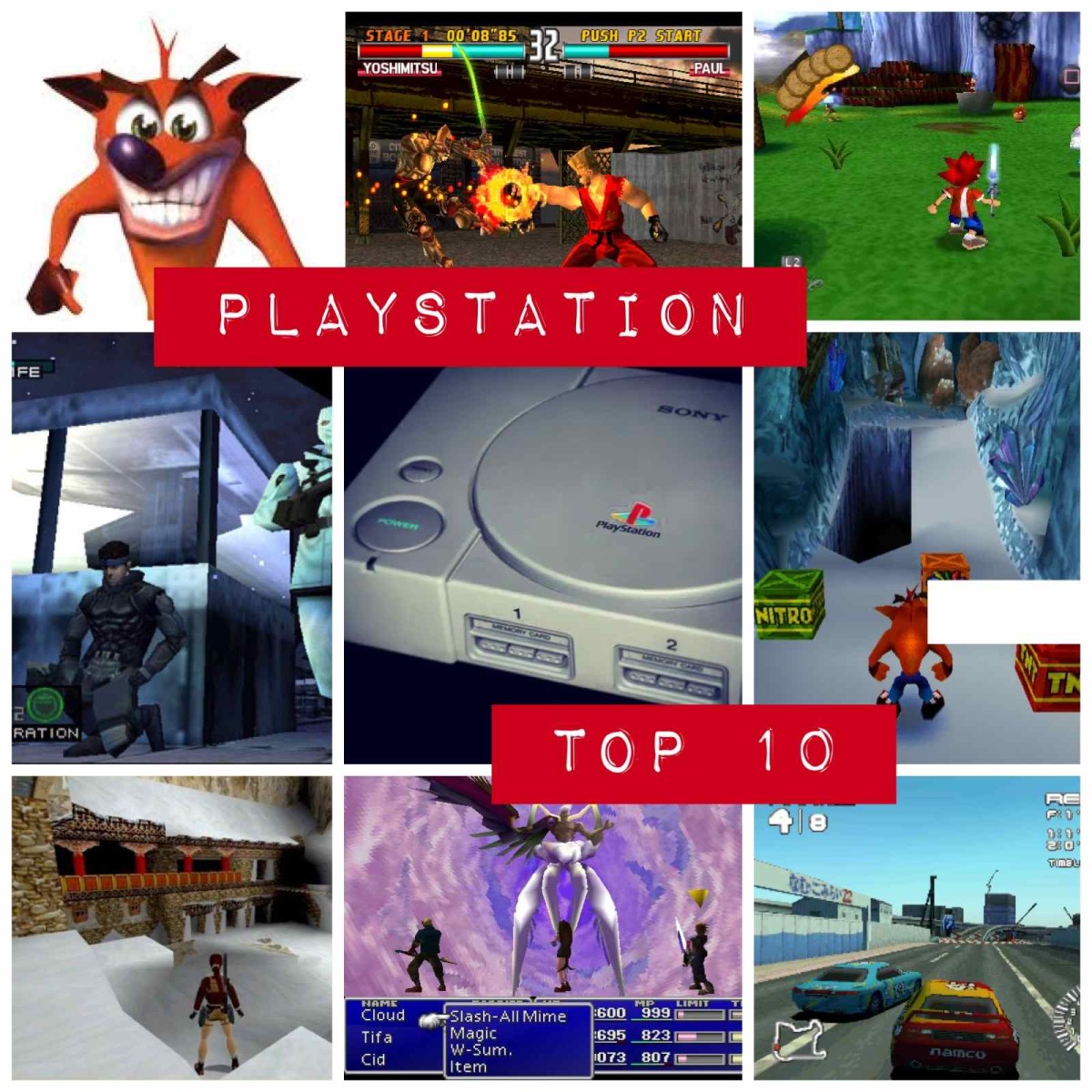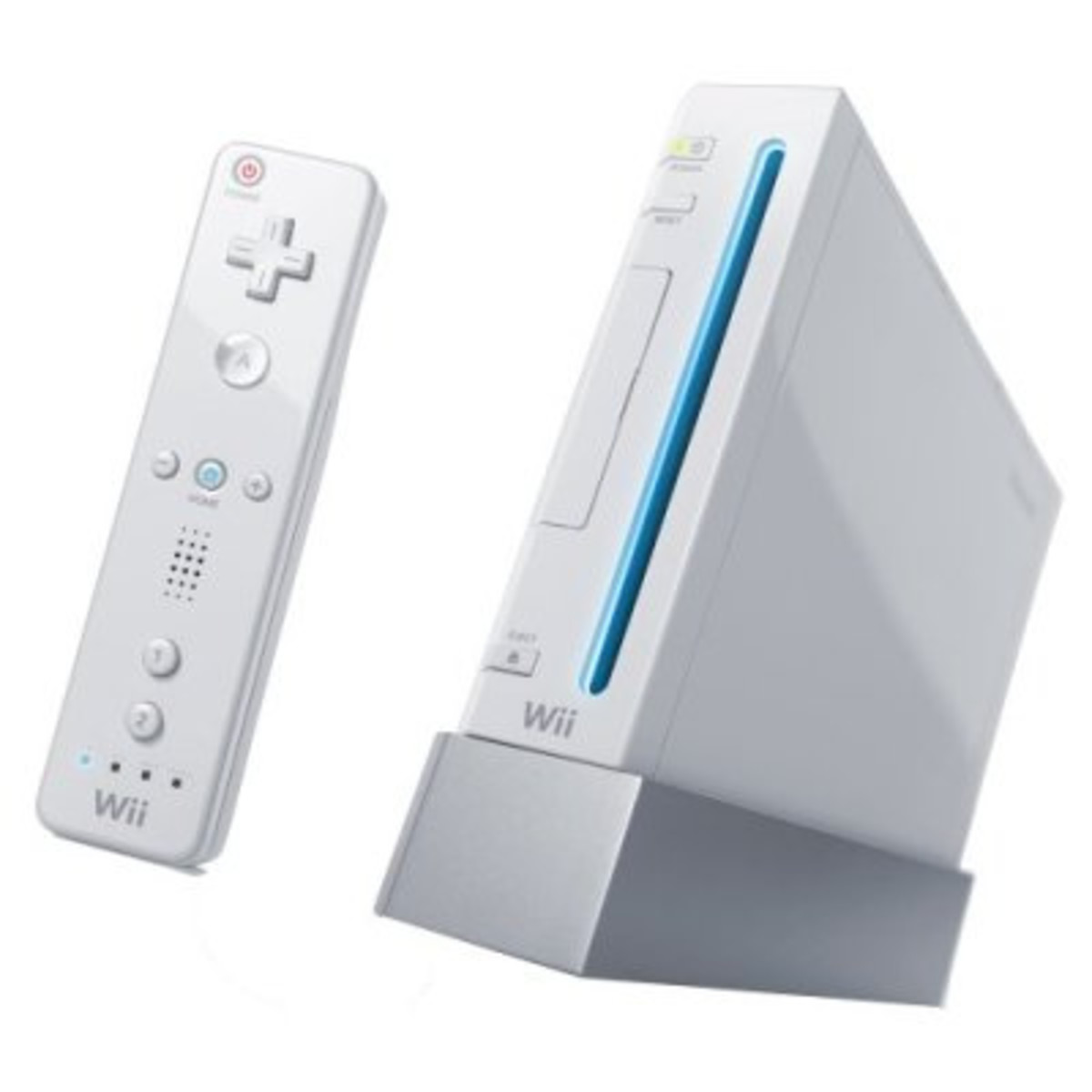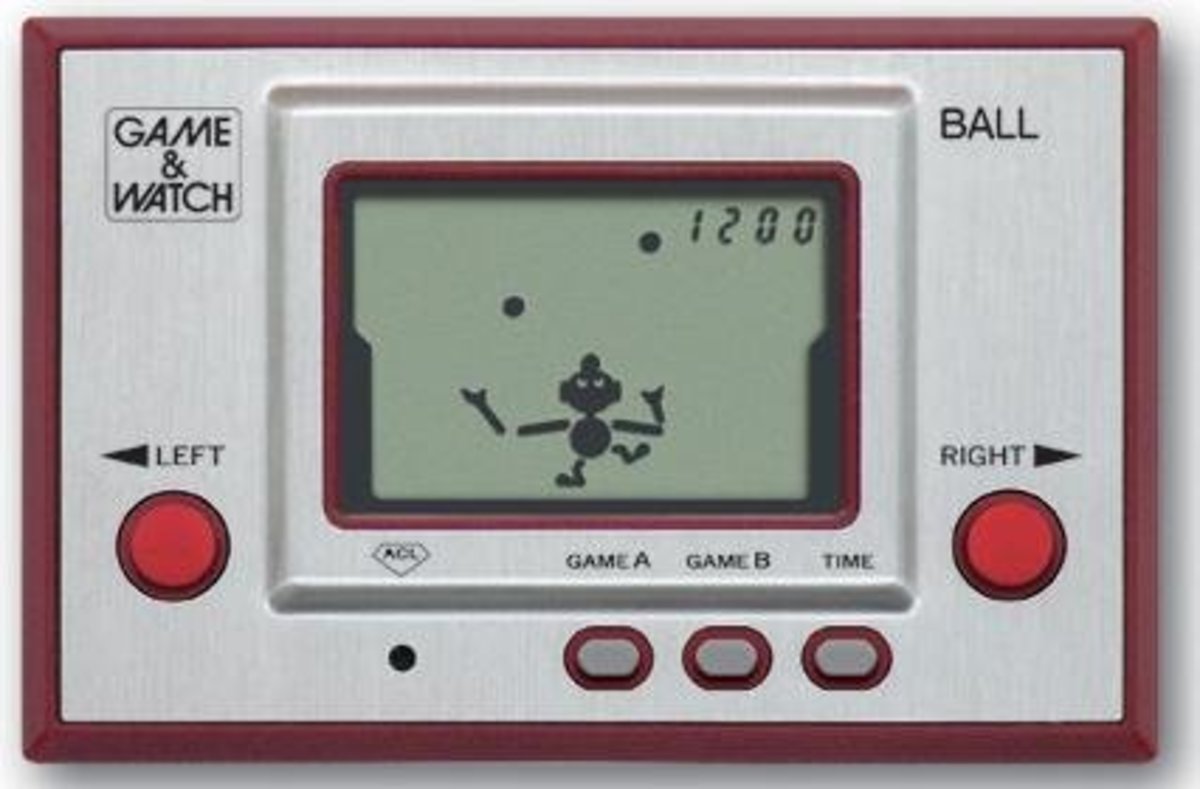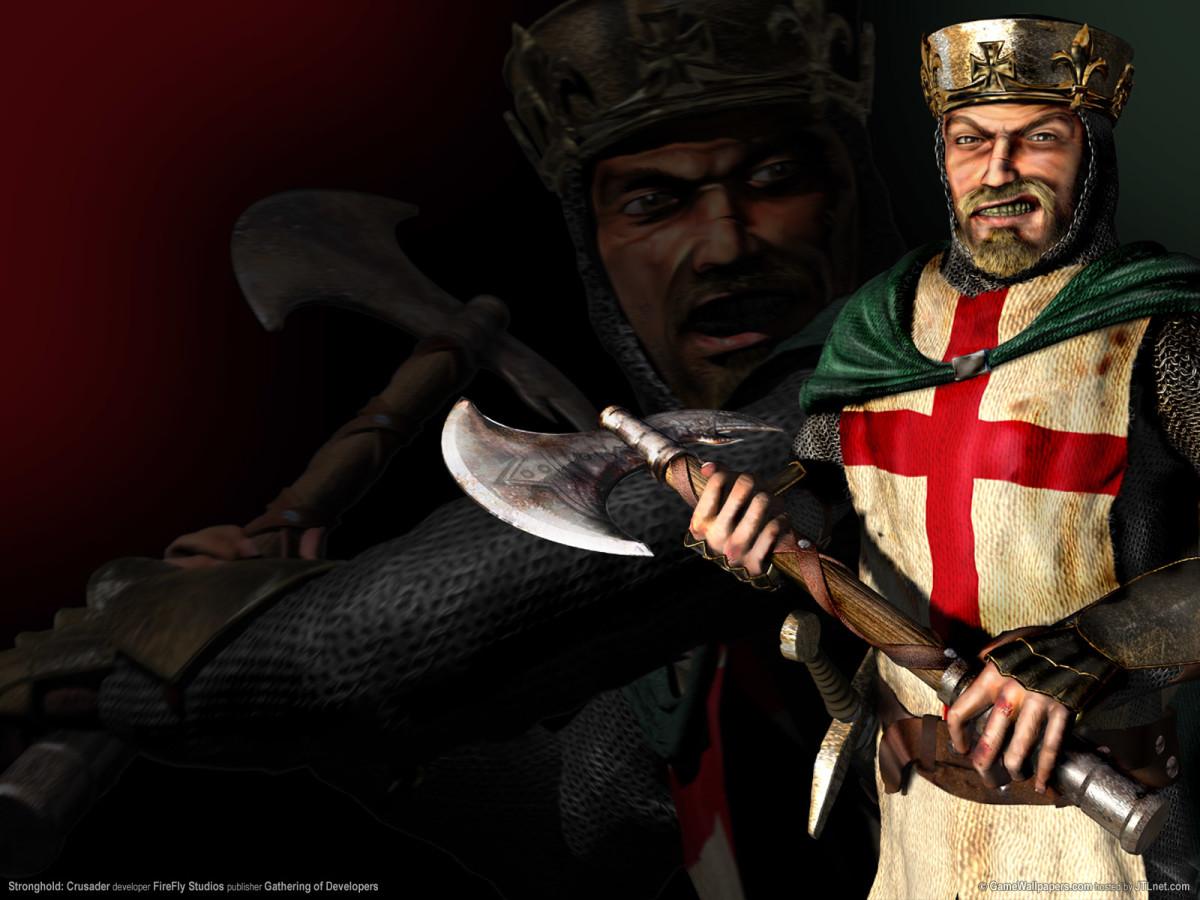Old School Video Games and Systems
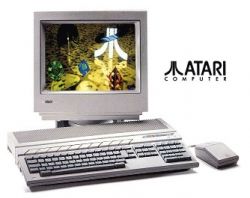
Old School Video Games and Systems
Do you love old-school gaming systems? Do you pine for the days - and nights when you would huddle around your television screen playing the latest games on your Sinclair Spectrum, Atari ST, Commodore 64? Intellivision or Colecovision Systems?
I know I, for one, do, and I long to get that 'innocence' back that defined video games in the past. I remember the very first gaming system I owned was Pong. Pong, for those of us who are old enough to remember, was a very early gaming system which came out around 1972. Back then, it was the height of gaming technology, and those who had bought this system took great pride in owning one.
The games were merely a series of football, tennis, and squash themes. However, the graphics were simple 2D blocks. So, the ball wasn't round; it was square, and the bats were oblong. The 'net' in tennis refers to the electronic line drawn across the middle of the television screen.
However, this gaming system proved to be a success, with clones sprouting up all over the place to replicate the original Pong gaming system. Retro gaming evokes nostalgia for those of a certain age. What has been replaced in the present day is gratuitous violence, cynicism, and an apocalyptic line of games that nearly all share a similar feel.
Retro gaming, often in 2D, may include shoot-em-ups, as well as simple adventure and action games. They were addictive and kept us entertained for hours. I have listed video games and systems from yesteryear that you may have spent all day playing yourself. The game systems are listed in no particular order, except that they feature some of the games we loved so much in the past.
Populus, Dungeon Master, Paperboy, Cadaver, Gods, Xenon, Gauntlet II, Civilisation, Star Wars, Speedball and many others? Amazing to think that the games, as mentioned above, were all loaded onto floppy discs. Which meant they were only a few kilobytes of memory, if that.
Who would have thought that the gaming industry, back then, would become what it is now? The powerful graphics cards of today cannot be compared to the floppy discs of the past. Such is the rapid pace at which technology has advanced that it will continue to blur the lines between gaming and real life.
Legacy video games are kept alive by emulators such as MAME and RetroArch, among others, which allow us to play them within the comfort of our own homes. They are exact copies of what we used to play in the arcades. And those games are kept zipped on what are known as ROM files. However, it is worth noting that some games are copyrighted. The gamer must have purchased a copy of the game before downloading the ROM file.
The video game industry has now become a multi-billion-dollar industry, and it is unlikely to return to its original form. With today's kids wanting more realism, the games of the past are now but a distant memory. However, legacy gaming will never die if we keep the genre alive.

Old School Video Games and Systems
Retro gaming systems and games are making a comeback. As big as the gaming industry has become [whose income far surpasses that of the film industry] with its CGI graphics and film/like quality games now, people of a certain age are returning to yesteryear, and the 2D video games they so loved back then.
Discontinued gaming consoles can be purchased from Amazon or eBay. So, for lovers of the genre, there is no excuse for not buying one and firing up a game. This was a time when video games WERE games, and a time when there was not so much gratuitous violence as you would find now in the gaming industry.
Within this article, I have listed the games that I loved to play back then. Although I am a pinball buff and always will be, I was not adverse to playing the occasional video game or two, or three, for that matter, on my trusty old Atari ST. I would spend hours playing these games.
The entertainment value, for me, far surpassed the high-end graphics of today's video games. For me, it is all about 'playability'. You can have the best graphics in the world, but if the gameplay isn't there, the game will fail; it's as simple as that.
Old School Video Games and Systems



Really good review here of the COLECOVISION gaming system.
Colecovision Gaming System
Another good review, this time of the Atari 2600, which came out around 1977. This system was one of the most successful gaming systems of all time, and yet the games themselves were relatively elementary. Nevertheless, some of the games were addictive and proved a hit with the public at the time.
Old School Video Games and Systems
This module asks the simple question, which video games and systems do you prefer? Old School, or High-End Games and System of today?
Old School Video and Games Systems

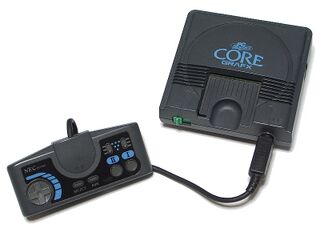
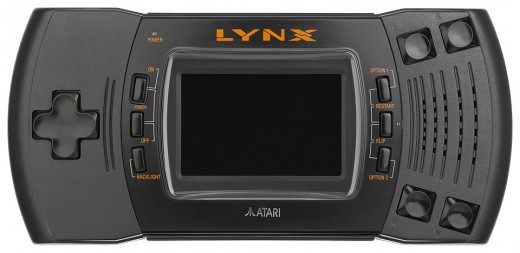

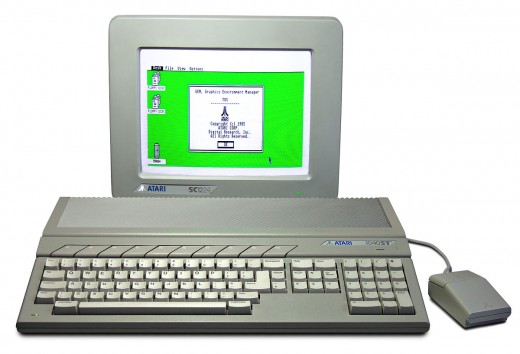
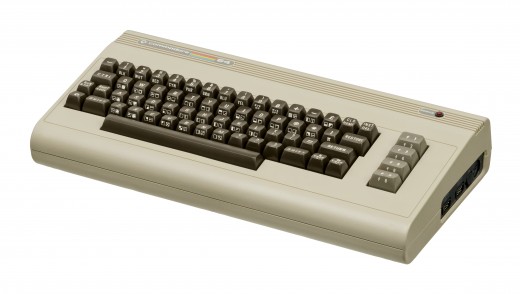
Retro gaming is making a comeback. Emulators such as MAME and RETROARCH are keeping the genre alive. Long may that continue to be the case. Those of us who are of a certain age, and who well remember playing on the old gaming video game systems, long for the days when gaming was 'innocent'.
It was something we did to pass the time. The games didn't leave us 'addicted', 'sullen', 'miserable', or 'bad-tempered'. Playing the high-end video games of today, this can often be the case.
Playing the video games of the past was something that was done in all innocence. The gaming industry, back then, was nowhere near the multi-billion-dollar industry it has become now. This is why this article is dedicated to all those who wish to relive a simpler time.
Games such as Space Invaders, Galaxian, Gorf, Donkey Kong, Pong, Manic Minor, Dungeon Explorer, Speedball, Pacman, Xenon, Stunt Car Racer, Chucky Egg, Populus, and many more will never truly die away. These were the ancestors of the gaming industry today, along with the gaming systems on which they were played, such as the Atari 520 ST, Amiga, ZX Spectrum, Atari 2600, ColecoVision, Intellivision, and even the original Nintendo systems.
But the gaming system that began it all was the daddy of them all, 'PONG' back in 1972. This system kick-started, for me, my love of video gaming that has never truly gone away. The sheer joy of playing those retro games from the past evokes fond memories. And those memories will never fade and die.
Intellivision Gaming System
Great review here of a games system I owned for quite some time, the Intellivision games system.
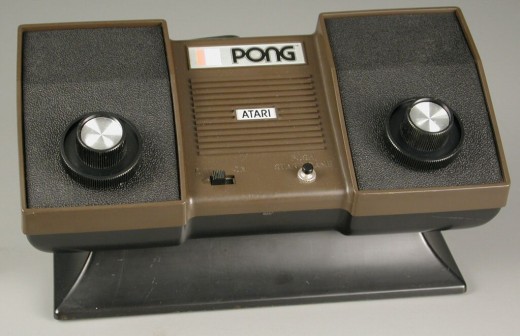
PONG
The birth of home video games began with a system called 'PONG'. Coming out around 1972/73, the success of the Atari Pong Home Video Game System cannot be underestimated, nor overstated enough. Who would have thought that all those years ago, the birth of a multi-billion-dollar industry would begin with a system like this?
The graphics were vector, and looking back now, it's hard to imagine anyone being entertained by playing such games compared to the high-tech computer games we have today. But this is what retro gaming is all about. It's about the past, and about people of a certain age reconnecting with their past while playing those video games.
Retro video games and systems, such as Atari's Pong, evoke a time when games were simpler and less competitive. And yet, this is what the video game industry has become, and, like everything, it is driven by money.
NINTENDO GAME BOY
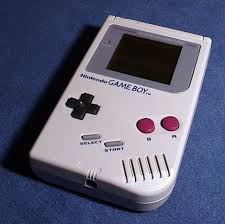
The best-selling portable handheld game system of all time. Released around 1989, the Nintendo Game Boy, with its grey screen that consisted of only four shades of grey, became an absolute phenomenon. Nintendo sold more than 150 million units worldwide upon its release. The glare from the screen was a problem when playing in bright sunlight. However, the sheer playability and portability of the games made the console a massive success.
This system was bundled with Tetris. A simple falling block game in which the player had to manipulate different-shaped blocks into empty slots. Sounds easy? But it was far from it. Addictive was not the word for this game, as it too became a worldwide sensation, spawning hundreds of thousands of clones. This is retro gaming at its best.
NINTENDO GAME BOY
A good review of the Nintendo Game Boy, which was released around 1989. All those who remember the Nintendo Game Boy will be taken straight back to the late eighties and early nineties when watching this.
Atari 520 ST
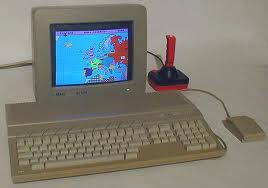
The Atari 520 ST, which I owned way back in 1986, was an all-in-one unit. The unit I owned had to be hooked up to the back of my television. Although some owners of the Atari 520 ST came with the Atari Monitor. Those who did not have the monitor would happily hook the system up to their televisions.
Looking back now, I have to say that I was addicted to this machine. The games were varied, consisting of simulated sports, such as snooker and Formula One motor racing, as well as wire-frame graphic games like Stunt Car Racer and Novagen's Damocles.
All the games came in floppy disc format. A format in which you slide the disc into the dedicated slot at the side of the machine. There was a slight delay before the game loaded, but nowhere near as long as the wait when playing on a Sinclair ZX Spectrum.
There were hundreds of titles to choose from, for the Atari ST, and some of the absolute classic games I used to play, consisted of 'Speedball' [both 1 and 2], 'Dungeon Master', 'Gauntlet 2', 'Gods', 'Populous', 'Xenon 2', 'IK+' and many more.
The hours of gameplay from those games kept me entertained constantly. However, certain games for the Atari 520 ST stood out back then, and these, for me, were 'Speedball', which was a unique blend of American football, pinball, and rollerblading.
This was a game in which your metal-clad warriors had to score points against the computerised opposition. You achieved this by keeping possession of a metal ball and throwing it to your metal-clad, computerised teammates while heading toward the opposition's goal.
Points were scored either by actually throwing the ball past the goalkeeper and into the goal, or by gaining point from the stars on the side of the arena, [which would light up when hit with the ball] or by knocking out an opposition player, thereby forcing him to leave the game, injured. Of course, the opposition team would be trying to do the same to you if they gained possession of the ball.
It was a fantastic game and truly ahead of its time. It was fast, furious and frenetic. The sampled sound effects of the crowd and the ice cream sellers were fantastic. Other games which stood out for me were 'Stunt Car Racer', which was you [ the driver] taking possession of a stunt car in which you had to compete against other computer drivers of various driving abilities.
You accomplished this by driving your car over roller-coaster-type tracks while maintaining control of your stunt car at all times. The tracks were high off the ground and consisted of loops, breakages in the tracks, which meant you went flying through the air, to land on the other side of the track, and other barriers you had to overcome to beat the time of the other drivers.
Again, this was a fantastic game, which, at the time of its release, offered a unique perspective on height, speed, and the sensation of being inside the stunt car driving it. The graphics for Stunt Car Racer were a kind of wire-frame graphics, but do not let this put you off, because Stunt Car Racer was very, very addictive.
Then we had Dungeon Master. This game, if I am correct in thinking, actually won an award for the best adventure game at that particular time. This game alone was one of the main reasons people purchased an Atari ST back then. The game was in 3D real-time. And I spent hours playing it.
The game was controlled by the mouse, which made it extremely simple to move around. Your mission in the game is to take possession of an orb, which is called the 'Power Gem'. To do this, you must gather together your motley crew of explorers to help you in your quest.
Entering the Hall of Champions, you have to make your choice. This means that you can choose up to four characters to help you look for and retrieve the gem. On the walls of the dungeons are mirrors. These mirrors contain the souls of previous explorers who failed to complete their mission.
You could choose which explorer/s you wanted to help you by resurrecting them back to life. Dungeon Master gave me many hours of enjoyment on rainy days, and it took me away to another world for the time I played it.
'Populus' was a kind of 'Sim City' type game, in which you chose to play either God or the Devil. Whichever one you chose, you then had to take control of your 'followers and get them to worship you, by answering their prayers or punishing their misdeeds —another fantastic game, with simple graphics but great gameplay.
Gauntlet and Gauntlet 2 were identical to the arcade version. You took control of a wizard, a warrior, a valkyrie, or an elf. Then you would wander around various mazes, picking up treasure, looking for potions and food, destroying monsters and searching for the key that would take you to the next level. Simple gameplay, but fast, frenetic, and it came with speech too. These were just some of the games I loved playing on my Atari 520 ST.
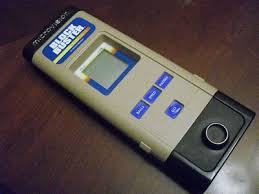
The Microvision Handheld Games System
Long before the days of the Nintendo Game Boy, there was another handheld game system. This was named the 'Microvision'.It was designed by Jay Smith and released in 1979 by the Milton Bradley Company.
Microvision gained relative sales success, but it was plagued by technical problems that eventually led to the demise of this system. The relative success of this system, however, was primarily due to its portability. Also, the games came in cartridge form - and not tape [as in the Sinclair Spectrum], which was another reason why Milton Bradley grossed $8 million in sales within the first year.
However, technical problems put paid to this handheld system. The small LCD screen was often prone to 'leaking'. This meant that the screen would gradually become darker because the LCD would leak. This made it impossible to play any game on the system when this happened, although the game would still function; it was useless if the player could not see what they were doing.
![Damocles [1989] for the Atari ST and Amiga was and is the granddaddy of all space exploration games today. Damocles [1989] for the Atari ST and Amiga was and is the granddaddy of all space exploration games today.](https://usercontent2.hubstatic.com/17512325.gif)
© 2014 wleon63


